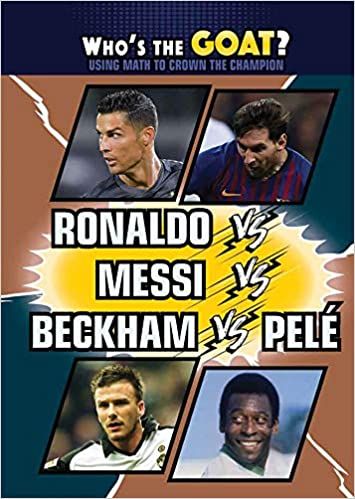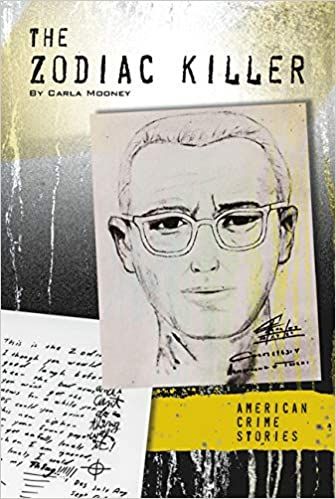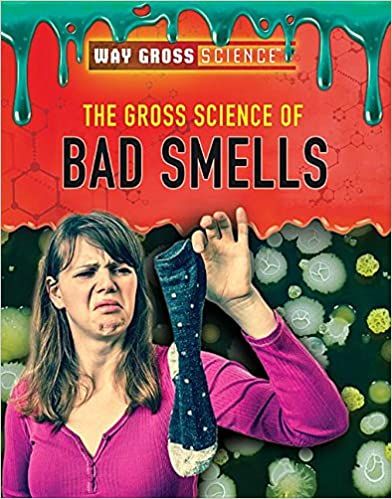CARLA MOONEY
Award-winning children's author
CARLA MOONEY
Award-winning children's author

Read true stories of how climate change has affected people’s lives and learn the science behind the new reality we witness every day.
In Climate in Crisis: Changing Coastlines, Severe Storms, and Damaging Drought, readers 12 to 15 discover how climate change is affecting the human population—from extreme weather and rising sea levels to new migration patterns and disease—through real-life stories and a deep examination of the science driving the phenomenon. As kids gain a deeper understanding of our ultimate connection to everything on and around our planet, they are also encouraged to think of innovative ways to help curb climate change, which has been called humanity’s greatest challenge.
An up-close look at the battles of World War II for kids ages 8 to 12
Help kids learn all about World War II―right from the front lines. This fascinating guide focuses on the battles that decided the outcome of the war. Each entry puts kids directly in the general’s seat, walking them through the flow of battle as well as the strategies, tactics, and technology that made the difference between victory and defeat.
Why does tomato sauce taste different from fresh tomatoes? Why does pasta go limp when you cook it in boiling water? What makes ice cream melt?
What better place to learn the fundamentals of chemistry than in the kitchen? In The Chemistry of Food, kids learn the science behind the food they love to eat as they explore the chemistry within the meal, how nutrition works, what creates flavor, and why texture is important. This book offers detailed explanations of five ways chemistry is part of the food they eat.
Hands-on, science-minded investigations, links to online resources and media, career connections, and text-to-world questions all create a delicious learning experience. Plus recipes!
Why are you able to jump higher from a trampoline than from the ground? What forces are at work when you do an ollie on a skateboard?
The answer is: physics! In The Physics of Fun, kids ages 12 to 15 explore the science behind awesome activities that kids love. From Newton’s laws of motion to the behavior of electrons, the science of physics is an integral part of any amusement park, play center, video arcade, or home gaming center.
Links to online media, discussion questions, and career connections offer middle schoolers the chance to do some real, hands-on science around fun activities they already enjoy!
Have you ever wondered why you look the way you do? The answer lies in your human genome, the code of life.
The Human Genome: Mapping the Blueprint of Human Life investigates the fascinating world of genetics and the human genome. Kids ages 12 to 15 learn the basics of how genes work, how DNA is structured, and how genetic inheritance happens. Explore the discoveries scientists have made about the human genome and how these discoveries have helped us better understand and treat certain diseases, trace our human ancestry and migration, and compare our species to others.
What is the most complex machine on earth? The human body!
In Inside the Human Body, readers ages 12 to 15 peel back the layers to take a look inside this amazing machine and learn the basic anatomy of the human body and its bones, muscles, blood vessels, nerves, and organs. We’ll also explore the body’s physiology and how its organs work together to allow us to function and survive.

"The rate of gun-related deaths in the United States is much higher than many other countries. Each time a mass shooting event occurs, intense discussions about the need to stop gun violence reignite across the country. Calls for gun reforms and safety measures increase. Yet while mass shootings are highly publicized, they are only one piece of the gun violence problem in the United States. Gun violence includes all gun-related homicides and suicides. Most gun owners view owning guns part of their personal freedoms as Americans and oppose limits to their ability to own guns. At the same time, many people are calling for gun control measures to reduce gun violence. Proposals for increased legislation of gun sales and ownership, required licensing, bans on certain types of guns are some of the measures being debated"--
The Lizzie Borden Ax Murders explores all sides of these unsolved ax murders and the woman suspected of committing them. It discusses police investigations, conspiracy theories, historical impacts, and more. Features include a glossary, references, websites, source notes, and an index. Aligned to Common Core Standards and correlated to state standards.


Soccer fans debate endlessly about which player is the GOAT, or the greatest of all time. Many fans argue over which modern-day superstar, Ronaldo or Messi, deserves to be called the best. Others insist that legendary players, such as Beckham or Pele, were the best to play the sport. Everyone has their favorite, but it is difficult to compare players from different teams and eras. Using basic and intermediate math principles, readers will explore statistics and compare each player's accomplishments. With these tools, readers will learn how to successfully use statistics to back up their favorite star.
The Zodiac Killer explores all sides of this famously unidentified serial killer. It discusses police investigations, conspiracy theories, and more related to this killer known for his mysterious letters. Features include a glossary, references, websites, source notes, and an index. Aligned to Common Core Standards and correlated to state standards.


"The world is full of stinky smells, such as sweaty feet, dirty diapers, rotting food, and wet dogs. Some smells are so bad, they can make a person gag or run in the opposite direction. In this book, readers will examine what causes bad smells, why some objects smell more than others, and how smells travel. They will also explore how the nose and brain detect and recognize different smells. With high-interest content and special features that include a Myths and Facts and 10 Great Questions to Ask a Specialist sidebars, this engrossing book will attract even hesitant readers.
What is big data and what does it have to do with you?
In Big Data: Information in the Digital World with Science Activities for Kids, one of four titles in the Technology for Today set, kids ages 10 to 15 explore the definition of data and learn about the relationship between data, computers, and people. They learn about the history of data, the transition from paper to computers, and the role that search engines such as Google play in handling data. Data management, data analytics, and the history of computers are all topics covered in this book on big numbers for kids.
Why do microwaves open with a swinging front door? Why aren't smartphones round? Why do drivers sit on the left in the United States?
Industrial design is the study of the design process behind the products we use every day, from blenders to school buses to laptops. In Industrial Design: Why Smartphones Aren't Round and Other Mysteries with Science Activities for Kids, readers ages 10–15 engage in and learn about the engineering design process from its earliest beginnings when individuals designed and crafted their own tools to today, when engineers work to find the best design for products that are then manufactured in bulk by automated machines.
Have you noticed that our planet is becoming increasingly connected?
At the supermarket, you can buy food from all around the world, including olive oil from Greece, cheese from France, and coffee from South America. At home, you surf the Internet on a computer made in Asia, reading news from many different countries. Your parents might drive a car made in America, Japan, or Germany while you listen to music from American and Canadian pop stars on the radio.
In Globalization: Why We Care About Faraway Events, kids ages 12 to 15 focus on the definition of globalization, how technology drives globalization, and how globalization affects economies, political systems, human rights, and cultures around the world. The book also explores the future of globalization and discusses issues the global community might face in coming years.
© Copyright. All rights reserved.
Email me: carla@carlamooney.com